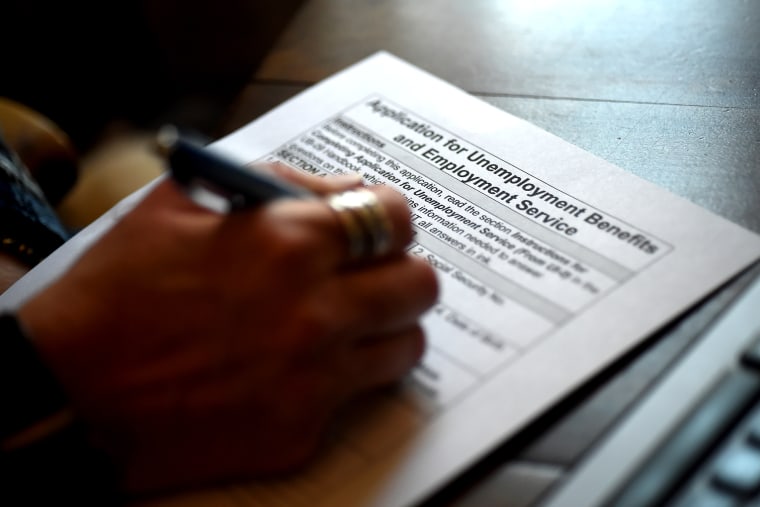After months of hit-or-miss progress on weekly unemployment claims, we're starting to see relatively consistent blue skies. As CNBC reported this morning, the new report from the Labor Department offers the best news on layoffs we've seen in a long while.
The U.S. jobs market edged closer to its pre-pandemic self last week as initial jobless claims totaled just 406,000 for the week ended May 22, the Labor Department reported Thursday.... Economists surveyed by Dow Jones had been looking for 425,000 initial jobless claims.
As we've discussed, it was in March 2020 when jobless claims first spiked in response to the COVID-19 crisis, climbing to over 3 million. That weekly total soon after reached nearly 7 million as the economy cratered. For 55 consecutive weeks, the number of Americans filing for unemployment benefits was worse than at any time during the Great Recession.
And now, that's no longer the case. In fact, today's report -- like the last few weekly reports -- was the best since the start of the pandemic. What's more, the speed of the progress is important: As recently as February, unemployment filings were more than twice as high as now. (As recently as July, they were three times as high as now.)
To be sure, it'd be a mistake to see 406,000 jobless claims as good news on its own. Under normal circumstances, this would be an awful total. In the early months of 2020, for example, the U.S. average on unemployment claims was roughly 211,000 -- roughly half of the total from today's report.
But given what Americans have been dealing with throughout the pandemic, these new figures are worth feeling good about.
Some of the recent economic data is more encouraging than others -- the overall job totals from April were obviously far short of expectations -- but as today's data reminds us, there are multiple indicators suggesting the U.S. recovery is real and headed in the right direction.

